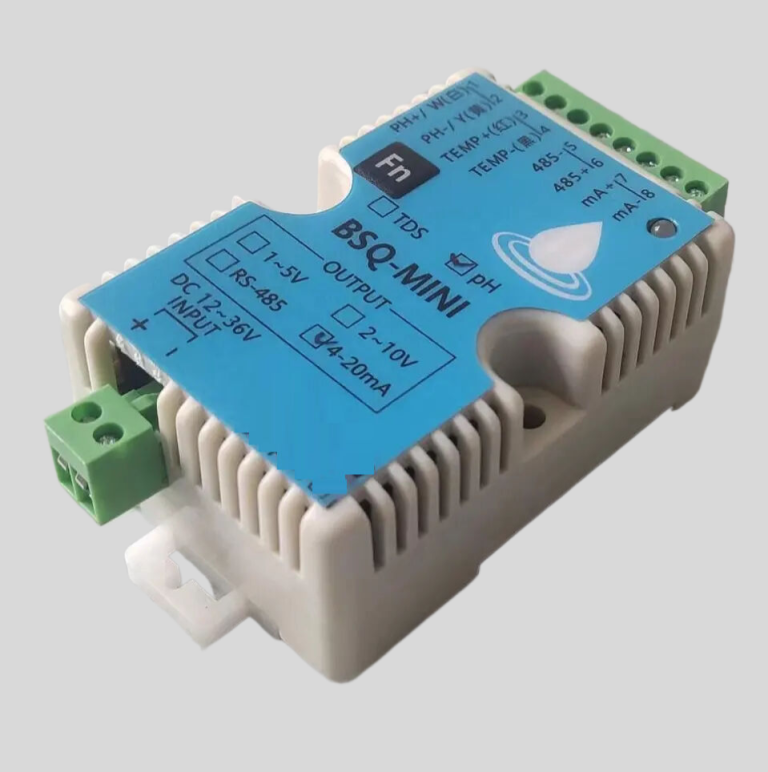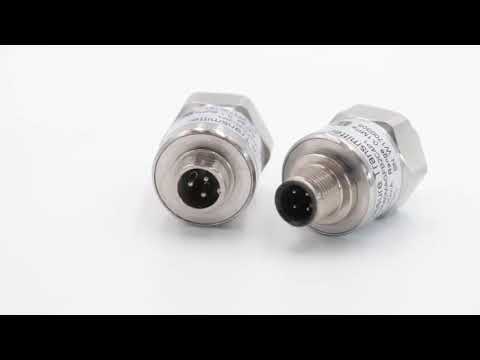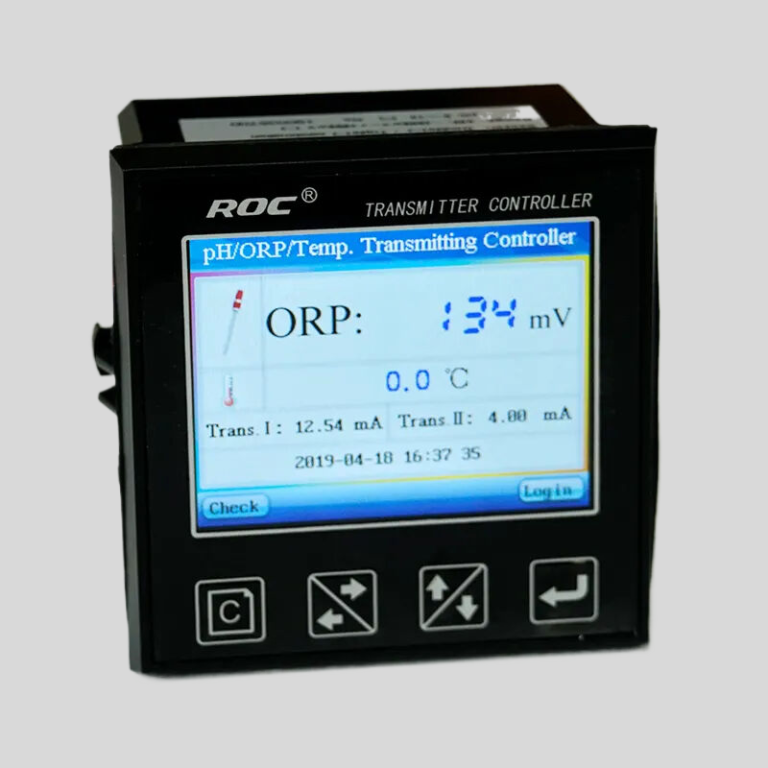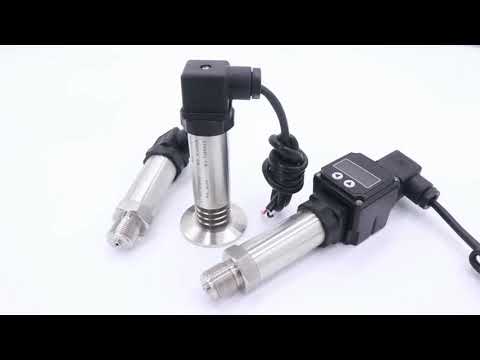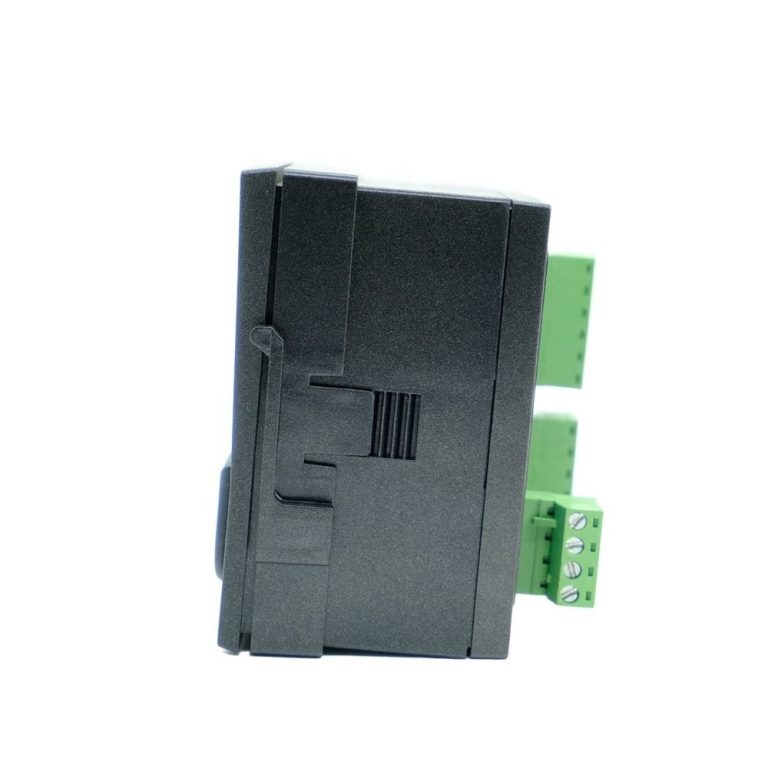Table of Contents
Benefits of Using Flow Sensors in Grundfos Pumps
Flow sensors are an essential component in Grundfos pumps, providing numerous benefits that contribute to the overall efficiency and performance of the system. These sensors play a crucial role in monitoring and controlling the flow rate of liquids, ensuring that the pump operates at optimal levels and preventing potential damage or malfunctions.
One of the key advantages of using flow sensors in Grundfos pumps is the ability to accurately measure the flow rate of liquids. By providing real-time data on the volume of liquid passing through the system, these sensors enable users to monitor and adjust the pump’s performance to meet specific requirements. This level of precision helps to prevent overloading or underloading of the pump, which can lead to increased energy consumption and reduced lifespan of the equipment.
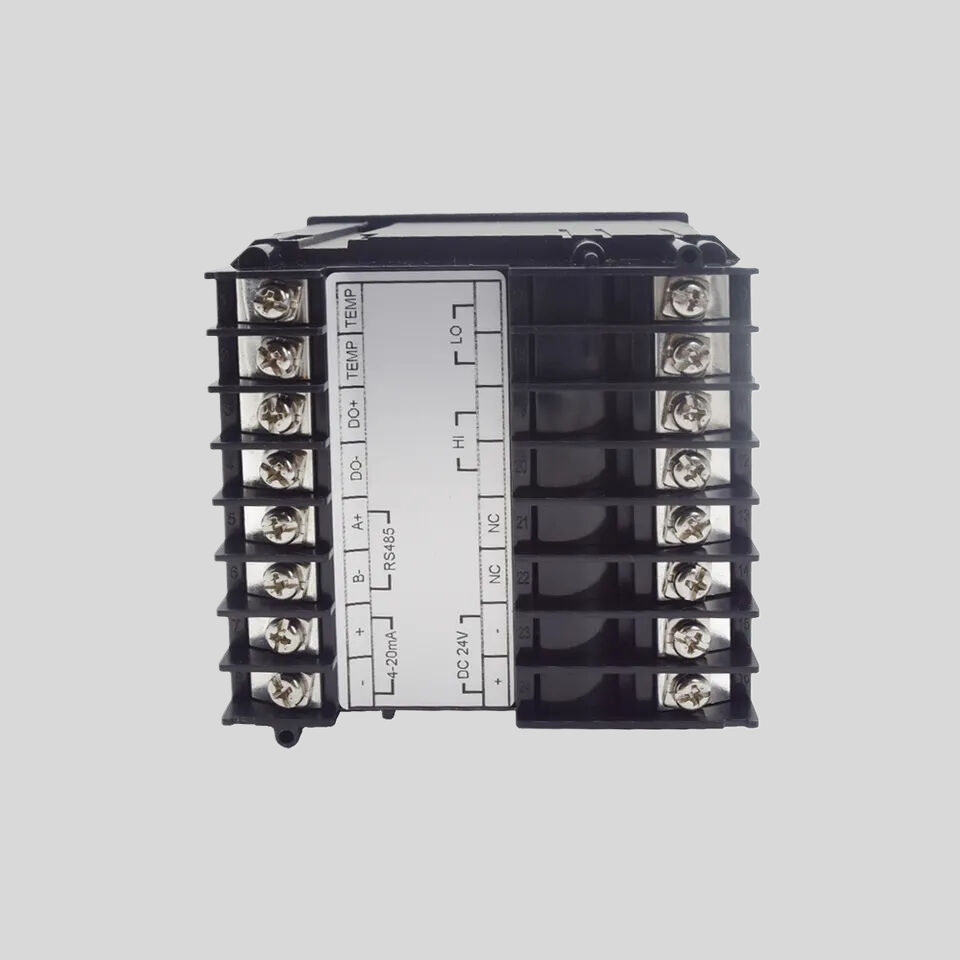
In addition to monitoring the flow rate, flow sensors also help to detect any abnormalities or irregularities in the system. By continuously measuring the flow of liquids, these sensors can alert users to potential issues such as leaks, blockages, or pump failures. This early detection capability allows for prompt intervention and maintenance, minimizing downtime and preventing costly repairs.
Another benefit of using flow sensors in Grundfos pumps is the ability to improve energy efficiency. By accurately measuring the flow rate and adjusting the pump’s speed accordingly, these sensors help to optimize the system’s performance and reduce energy consumption. This not only leads to cost savings for the user but also contributes to a more sustainable and environmentally friendly operation.
Furthermore, flow sensors in Grundfos pumps can help to extend the lifespan of the equipment. By ensuring that the pump operates within its specified flow range, these sensors help to prevent excessive wear and tear on the components. This proactive approach to maintenance can significantly increase the longevity of the pump and reduce the frequency of repairs or replacements.
In addition to these practical benefits, flow sensors in Grundfos pumps also offer convenience and ease of use for the user. With advanced technology and user-friendly interfaces, these sensors provide real-time data and alerts that make it easy to monitor and manage the system. This level of automation and control simplifies the operation of the pump, allowing users to focus on other tasks without having to constantly monitor the flow rate manually.

Overall, the benefits of using flow sensors in Grundfos pumps are clear. From accurate flow measurement and early detection of issues to improved energy efficiency and extended equipment lifespan, these sensors play a vital role in optimizing the performance and reliability of the system. By investing in flow sensors, users can ensure that their Grundfos pump operates at peak efficiency, saving time, money, and resources in the long run.
How to Troubleshoot Common Issues with Flow Sensors in Grundfos Systems
Flow sensors are an essential component in Grundfos systems, as they help monitor and regulate the flow of water or other fluids. However, like any mechanical device, flow sensors can encounter issues that may affect their performance. In this article, we will discuss some common problems that may arise with flow sensors in Grundfos systems and provide troubleshooting tips to help resolve them.
| Model | ROC-8221 Single Stage Double Channels ro controller | ||
| Conductivity Measurement Range | Raw Water | 10.0cm-1 | (0-20000)μs/cm |
| 1.0cm-1 | (0-2000)μS/cm | ||
| Product Water | 1.0cm-1 | (0-2000)μS/cm | |
| 0.1cm-1 | (0-200)μS/cm | ||
| Accuracy | 1.5 level | ||
| Working pressure of conduct cell | (0~0.5)MPa | ||
| Automatic temperature compensation | Temperature compensation range (0~50)℃ | ||
| Effective distance | ≤20m (standard 5 m ,or ordered ahead) | ||
| Displaying mode | LCD 128×64 backlight ,Display Settings menu and status message in English or Chinese can be selection | ||
One common issue that users may encounter with flow sensors is inaccurate readings. This can be caused by a variety of factors, such as a build-up of debris or sediment in the sensor, a faulty sensor, or incorrect calibration. To troubleshoot this issue, start by checking the sensor for any visible signs of debris or blockages. If you notice any, carefully clean the sensor using a soft brush or cloth to remove the build-up.
If cleaning the sensor does not resolve the issue, you may need to recalibrate it. Refer to the manufacturer’s instructions for guidance on how to properly calibrate the sensor. If the problem persists after cleaning and calibration, it may be necessary to replace the sensor with a new one.
Another common issue with flow sensors is erratic readings or fluctuations in flow rates. This can be caused by air bubbles trapped in the sensor, a loose connection, or a damaged sensor. To troubleshoot this issue, check the sensor for any air bubbles and carefully bleed them out by gently tapping the sensor or system to release the trapped air.
Next, inspect the connections to ensure they are secure and tight. If you find any loose connections, tighten them to ensure a proper seal. If the issue persists, it may be necessary to replace the sensor or seek professional assistance to diagnose and repair the problem.
| Model | pH/ORP-3500 pH/orp meter |
| Range | pH:0.00~14.00 ; ORP: (-2000~+2000)mV; Temp.:(0.0~99.9)°C (Temp.Compensation: NTC10K) |
| Resolution | pH:0.01 ; ORP: 1mV; Temp.:0.1°C |
| Accuracy | pH:+/-0.1 ; ORP: +/-5mV(electronic unit); Temp.: +/-0.5°C |
| Temp. compensation | Range: (0~120)°C; element: Pt1000 |
| Buffer Solution | 9.18; 6.86; 4.01; 10.00; 7.00; 4.00 |
| Medium Temp. | (0~50)°C (with 25°C as standard) manual/automatic temp. compensation for selection |
| Analog output | Isolated one Channel(4~20)mA, Instrument/Transmitter for selection |
| Control Output | Double relay output (single contact ON/OFF) |
| Working Environment | Temp.(0~50)℃; relative humidity <95%RH (non-condensing) |
| Storage Environment | Temp.(-20~60)℃;Relative Humidity ≤85%RH (none condensation) |
| Power Supply | DC 24V; AC 110V; AC220V |
| Power consumption | <3W |
| Dimension | 48mmx96mmx80mm(HxWxD) |
| Hole Size | 44mmx92mm(HxW) |
| Installation | Panel mounted, fast installation |
In some cases, flow sensors may fail to detect any flow at all, even when the system is operating correctly. This can be caused by a faulty sensor, a damaged impeller, or a clogged filter. To troubleshoot this issue, start by checking the sensor for any visible signs of damage or wear. If you notice any, replace the sensor with a new one.
Next, inspect the impeller for any damage or obstruction. If the impeller is damaged or blocked, carefully clean or replace it as needed. Finally, check the filter for any debris or sediment that may be blocking the flow of fluid. Clean or replace the filter if necessary to restore proper flow.
In conclusion, flow sensors are crucial components in Grundfos systems that help monitor and regulate the flow of fluids. However, they can encounter issues that may affect their performance. By following the troubleshooting tips outlined in this article, you can effectively diagnose and resolve common problems with flow sensors in Grundfos systems. Remember to refer to the manufacturer’s instructions and seek professional assistance if needed to ensure the proper functioning of your system.

